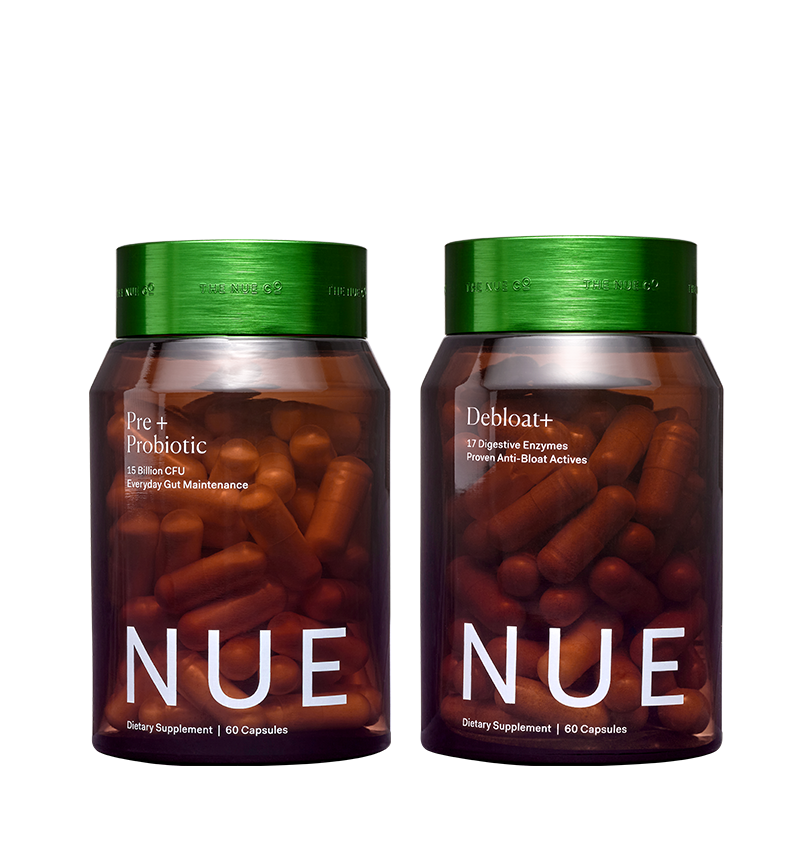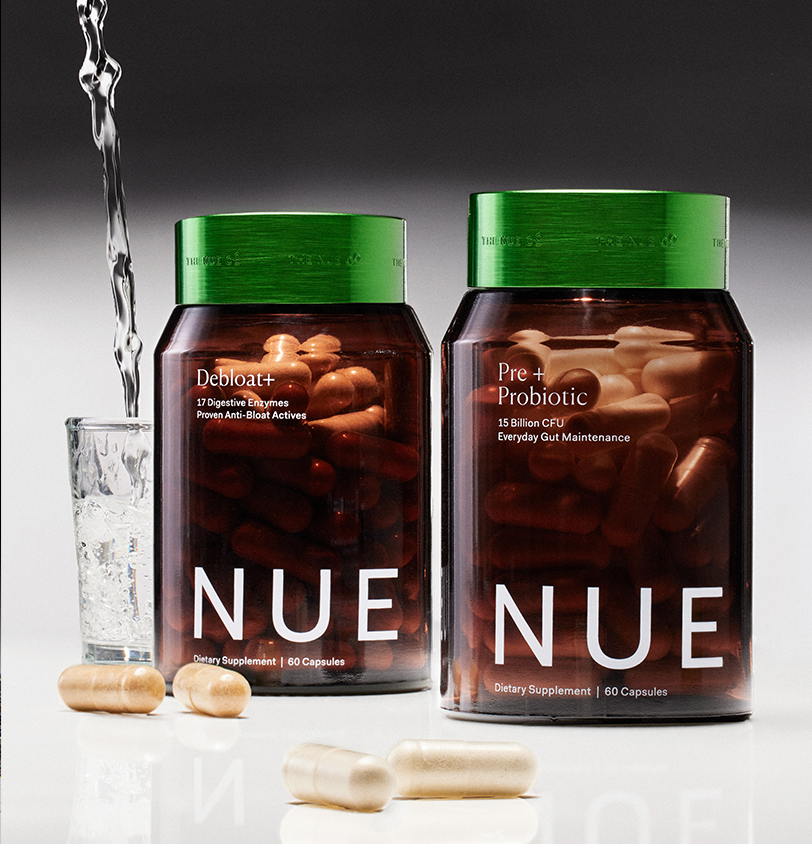Good Mood Food #4 | Rebecca Warren


With groceries being more tricky to come by for most of us, nutritional therapist Rebecca Warren has recently been focused on utilising delicious recipes for her client programmes that incorporate non-perishable ingredients like rice and chickpeas. Rebecca shared her recipe for kimchi as an ingredient that we can make ourselves to store at home—not only gut-nourishing but a great use of leftover vegetables and an accompaniment that will add a zing of flavour to many meals.
Kimchi is a staple and functional traditional Korean food made by fermenting vegetables with probiotic lactic acid bacteria (LAB). “Lactic-acid producing bacteria inhibit undesirable bacteria from proliferating, both in the food we eat and within the human body. They are vitally important players when it comes to daily immune defence,” says Rebecca—ideal then, at this time when many of us are looking into which foods we can eat to help boost our immunity naturally.
The extensive benefits of kimchi are impressive: “Fermented foods are easier to digest than non-fermented foods and can contain an array of vitamins: A (growth and development, immune function and reproduction), B (important for energy), C (growth, development and repair of body tissues), Folic acid (nervous system and pregnancy health) and Vitamin K2 which works in partnership with vitamin D (general health, immunity, reducing inflammation). Kimchi also contains minerals such as calcium (healthy teeth and bones), Iron (heme synthesis, oxygenating blood cells and haemoglobin), Phosphorus (important role in how the body uses carbohydrates and fats, aids how the body makes protein for growth, repair, maintenance of cells and tissues) and selenium (critical role in metabolism and thyroid function, protection from damage caused by oxidative stress).”
Rebecca explains that “Our gut is populated by trillions of bacteria that have specific roles in the maintenance of different functions in the gut. Probiotics are made of good live bacteria and/or yeasts that naturally live within the body and have a number of different roles including aiding the reduction of inflammation, reducing flatulence, improving consistency and frequency of bowel movements, and helping to maintain pH."
So how do the “good” bacteria work versus the “bad” bacteria? “Many bacteria are involved in the fermentation of kimchi, but lactic acid-producing bacteria become dominant whilst the cabbage is soaked in salty brine, killing off harmful bacteria,” explains Rebecca. “The addition of other sub-ingredients (cruciferous vegetables and other functional foods such as garlic, ginger, red pepper, chilli flakes and so on) further promote the fermentation process of LAB and also increase the functionalities of kimchi as a probiotic. During the next stage of fermentation, the remaining Lactobacillus bacteria convert sugars into lactic acid; preserving the vegetables and giving them their depth and tangy flavour.”
Kimchi is easy to make and can last for several weeks to months once opened, with taste developing over time. Rebecca keeps opened kimchi in the fridge and discards it after 3 months. The majority of fermented foods are designed to be eaten as a side dish, so she recommends eating a small amount each day for optimal effects:: “One of the major health benefits of regularly including fermented foods in your diet is that you are constantly nourishing your gut with a wide range of naturally occurring beneficial microorganisms thus supporting immunity, reducing inflammation, aiding neurological health and supporting detoxification within the body.”
Kimchi (8 servings)

Ingredients
4 cups green cabbage (tightly packed)
6 stalks green onion (diced)
1 carrot (large, grated)
1 cup radishes (grated)
4 garlic (cloves, minced)
3 tbsp ginger (peeled and grated)
1 tbsp sea salt
1 tbsp red pepper flakes
- Core and finely slice your cabbage. Place in a mixing bowl with all ingredients. Using clean hands, massage the salt into the cabbage and vegetables until it starts to soften (5 to 10 minutes). Set aside and let rest for 10 minutes then massage again for another 5 minutes.
- Transfer the kimchi into sterilized jars, leaving an inch of space at the top. Pack it down into the jar until the brine (from the salt and vegetable juices) rises to cover the vegetables. Seal the jars with sterilized lids.
- Let it ferment at room temperature for 3 to 5 days. It may bubble and that is normal. Check on your kimchi every day and re-submerge the vegetables under the brine if they rise.
- Taste your kimchi on day 3. If it tastes ripe, transfer it to the fridge. If not, let it ferment another day or two.
- Enjoy kimchi right away or let it sit for another week or two for extra flavour. Enjoy!
Serve it with burgers, salads or add it to stir-fries.


